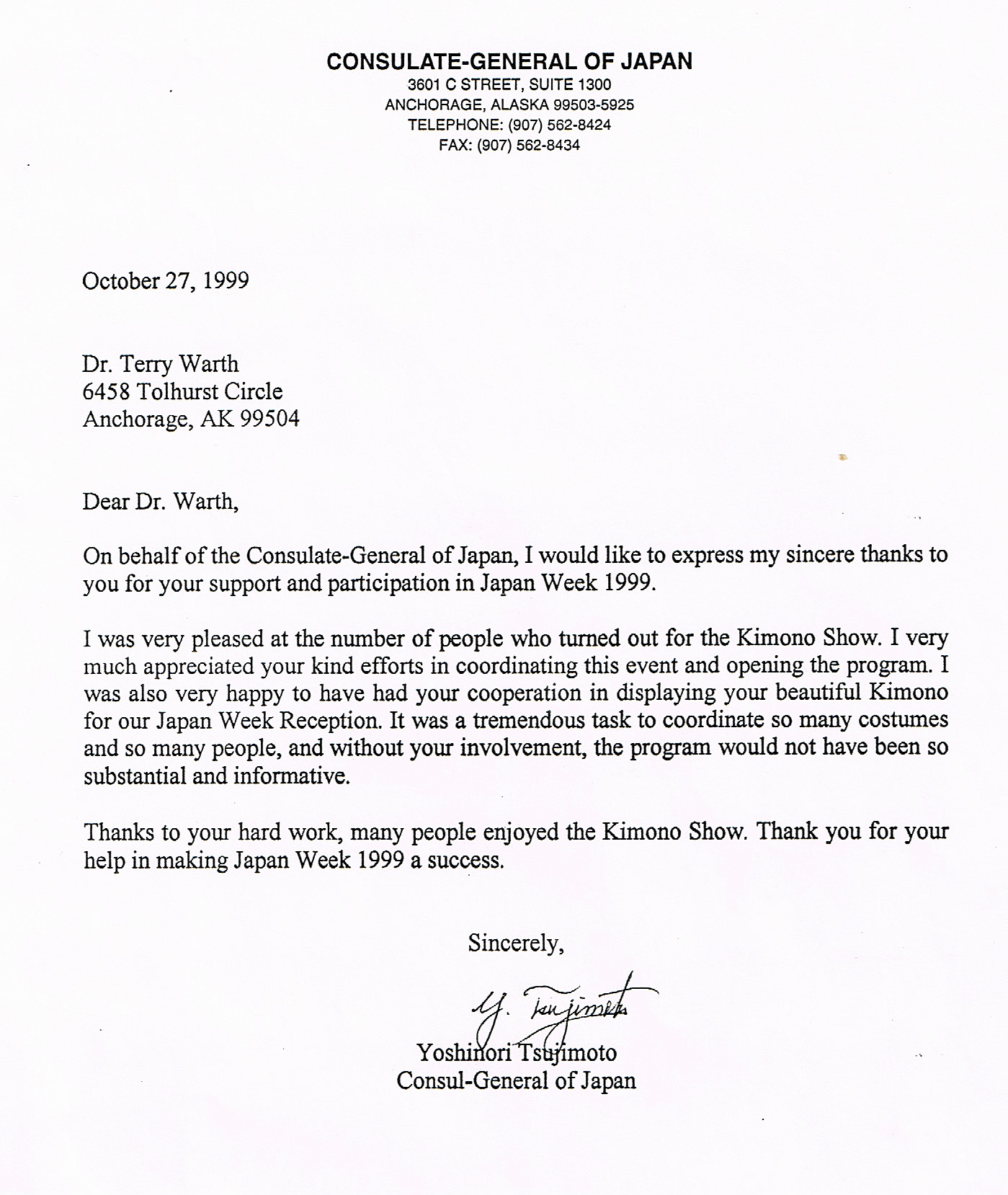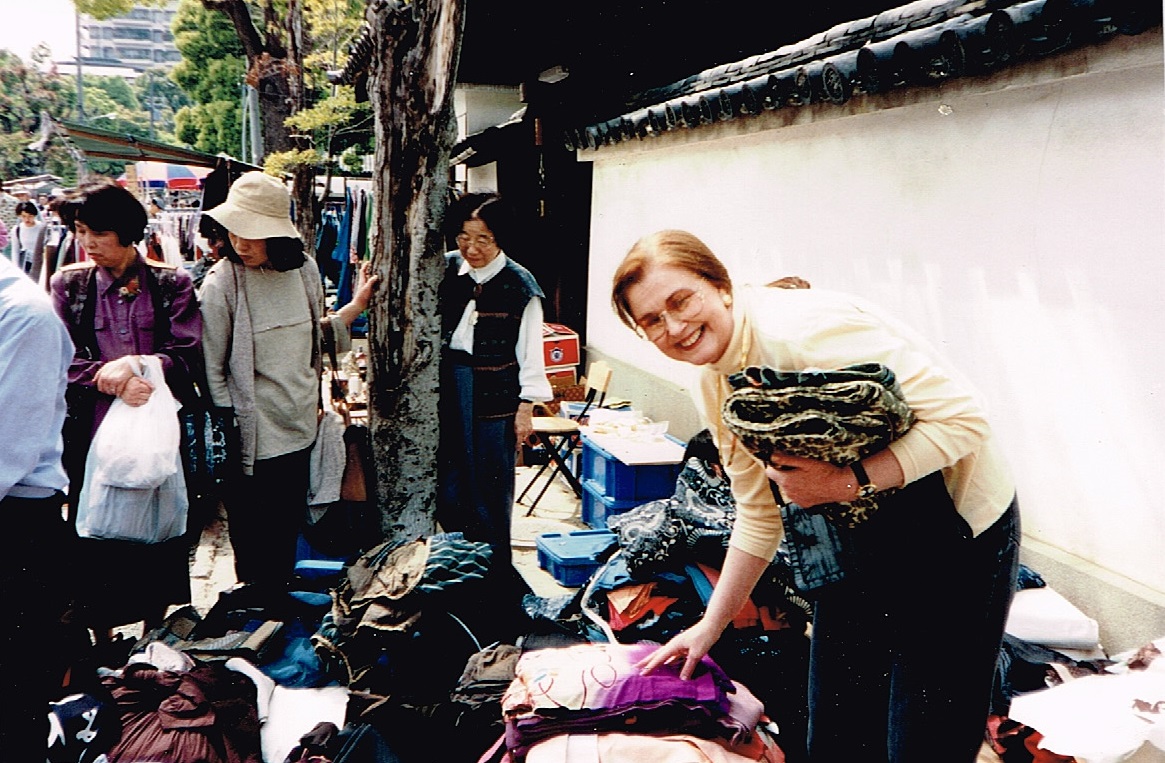My love affair with antique Japanese textiles developed after a move to the US Embassy in Tokyo, Japan. During these years, I made several lifelong Japanese friends who had been in the antique textile business for generations. These wonderful individuals shared their knowledge with me. Numerous trips to Japan have only increased my fascination with these fabulous antiques, and my gratitude to these wonderful friends.
These individuals helped me follow the evolution of Japanese clothing design, throughout Japanese History, into the exquisite art form that it has become. Along the way, traditional dress subtly conveyed the innate sense of Japan’s elegance and style. Originally, Silk could only be worn by members of the Imperial Court, leading to severe limitations in availability of these wonderful antique textiles. The unique qualities that contribute to the lasting value of these antique artworks were achieved through the skills of individual artisans who either hand wove, hand dyed and painted, or hand embroidered each piece to special order for the upper classes. These efforts were reflected through meticulous, time consuming, and artistic detail, including the use of priceless metals such as gold, platinum and silver. The results are museum quality, one of a kind and increasingly rare.
I have been involved in the collection and sale of these exceptional Japanese textiles for over 30 years. The Textile Art Collection has provided textiles throughout the United States to premier Japanese antique stores such as the Flying Cranes Antiques, Ltd., in New York City, with gallery showings at Artique in Anchorage, Shiki in Atlanta, Judith Dowling Gallery in Boston, the San Francisco Pacific Arts of Asia Show, and in specialty catalogues like Gump’s. In addition to lectures given at the Museum of History and Art at the request of the Japanese Consul General in Anchorage, The Textile Art Collection was featured at the Southeast Museum Director’s Show, an invitation only event and has provided antique Japanese textiles to museums around the world.
My articles on Japanese Costume are available through the Arts of Asia Magazine: “The Evolution of the Japanese Haori,” and “An Overview of Boys Kimono.”
Terry Riordan Warth, PhD
Clovis, CA USA
info@thetextileartcollection.com



